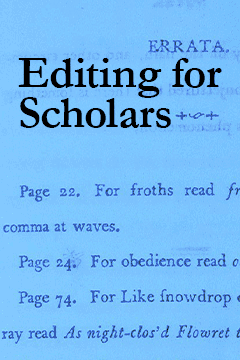Women and the Metamorphoses of Times Square
Women and the Metamorphoses of Times Square
Stand in Times Square at night, thrown every way by waves of light and people. It is easy to feel that you are in the belly of some great beast, and that the beast is being fed more and richer ingredients than it can possibly digest. Of course, you are one of these ingredients, even as you stand there trying to analyze the menu. All through its history, the Square has generated cascades of discourse and reflection; yet its visual presence is so overpowering, that it makes not only the answers but even the questions seem trivial. Thinking about the place can make you dizzy in some of the same ways as being there. One minute, you feel you are drowning in floods of talk and thought; a minute later, if you just step back and gaze around, the floods look like puddles. The dizzying metabolism of this place and the vertigo it inflicts are primary sources of its mystery.
All through the twentieth century, Times Square was a tremendous visual presence, not just in New York, but around the world. It was one of those great American “wonders of the world,” a space the whole world recognizes as magnificent and sublime. Most of America’s grand spaces—Niagara Falls, the Everglades, Yosemite, the Grand Canyon, Yellowstone—are in the wilderness, a world away from the pressures of modern life. But Times Square lives and moves in the midst of modern life: it’s the sublime that you can get to on the subway.
This essay is organized around the idea of Woman—or rather, around different forms of women and their changing relationships to Times Square. I want to start with several fragments and put them together into a coherent story. The first fragment is a souvenir postcard, supposedly dating from 1903, which I found in the Museum of the City of New York (reproduced in Columbia Historical Portrait of New York, edited by John Kouwenhoven. It is a collage of a woman and a building. The building is the new Times Tower: in 1903 it wasn’t open for business yet, but its triangular structure and Renaissance façade were complete and laid out on Forty-Second Street. The woman is a gigantic cartoon, dressed in the provocative outfit of a chorus girl. She is almost as big as the tower; she sits on it, entwines herself around it, smiles playfully and kicks her legs out like a girl on a swing. Fans of Edgar Degas, Edouard Manet, and Toulouse-Lautrec, and people who have seen Moulin Rouge, will recognize her Parisian image, but I haven’t found her in the iconography of America’s Gilded Age. (I don’t mean that there weren’t women who looked like her in New York and in every other American city. But they lived and moved in the shadows, in private places; their images were not flaunted in public or sent openly through the mails.) She is at home in public here in the way a soulful young clerk would be at home on the Nevsky Prospect in St. Petersburg. As the twentieth century dawns, she is just coming over the horizon, a sign of her ...
Subscribe now to read the full article
Online OnlyFor just $19.95 a year, get access to new issues and decades' worth of archives on our site.
|
Print + OnlineFor $35 a year, get new issues delivered to your door and access to our full online archives.
|




